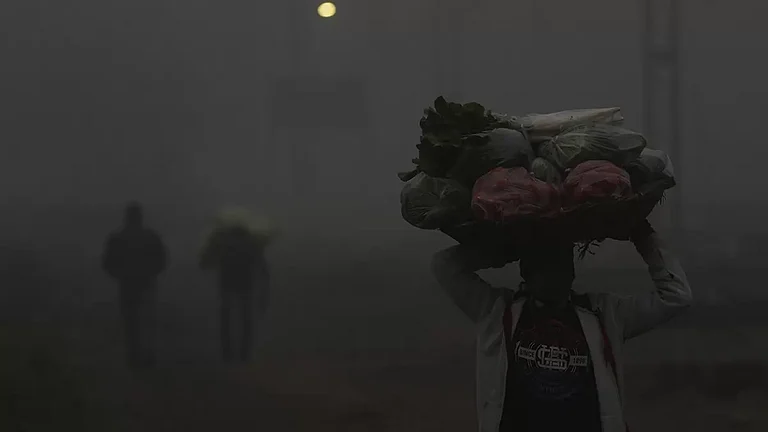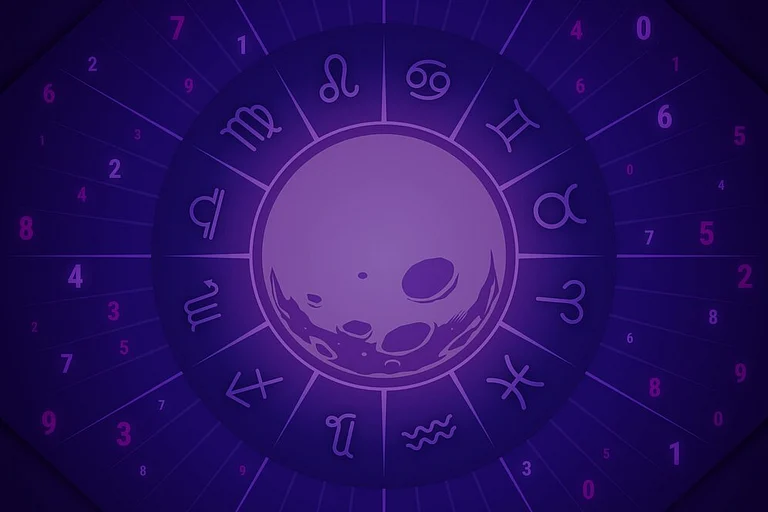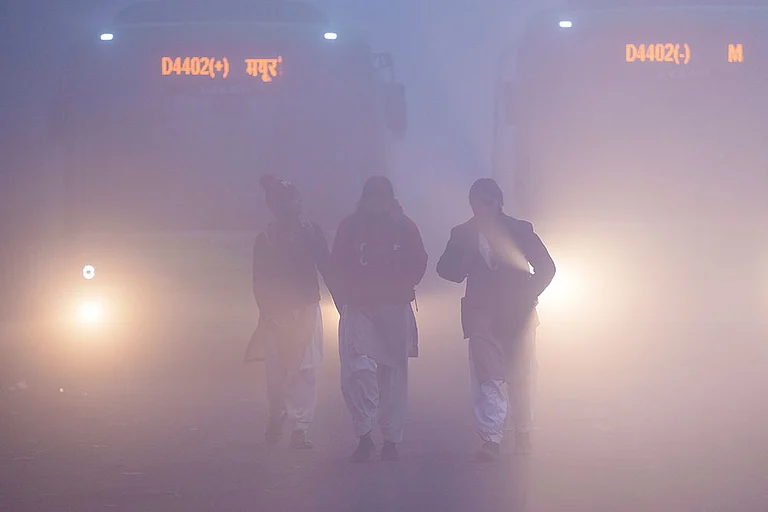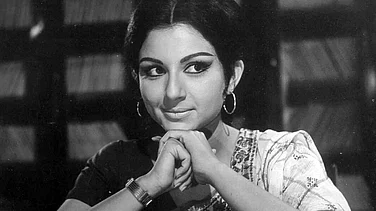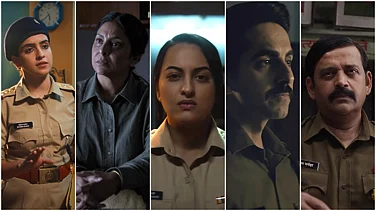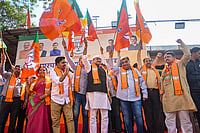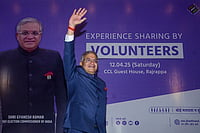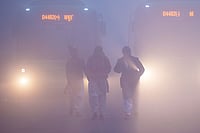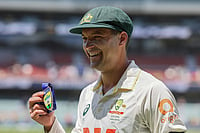
Raj Kumar Santoshi has this amazing knack of presenting ghati emotions in a convincing,dramatic, and even modish manner. He did it in Ghayal and Ghatak. And he has done it againin Lajja. Unlike Damini, Santoshi's earlier attempt at indigenousfeminism, Lajja doesn't pull its punches, despite the confusion and cover-up ofissues towards the close. The narrative looks more like an old IPTA play or a contemporarynukkad natak—a single woman (Manisha Koirala) is made to go through variousexperiences in which she encounters men and women of all shades. These range from a pettythief (Anil Kapoor) to a middle-class dowry victim (Mahima Chaudhary) to a ruralmidwife/social worker (Rekha) to a bandit (Ajay Devgan). They also include a womaniser nrihusband (Jackie Shroff), a bindaas nautanki girl (Madhuri Dixit), a cruel ruralchieftain (Danny Denzongpa) and a lecherous theatre owner (Tinnu Anand). The womencharacters are all oppressed in one way or the other; the men are either slimy,well-positioned MCPS or social outcasts who stand up against oppression.
Santoshi, in fact, provides a cinematic article on the position of women in Indiansociety. He sticks to some basic stereotypes while trying to introduce the much moreliberated Indian rural woman as an unrealised prototype. Any reference to the modern womanis deftly avoided—most of the female characters are named after Sita (Vaidehi,Janaki, Maithili). Manisha also is the contemporary adarsh bahu fleeing from themurderous machinations of her fashionable husband. This movie reveals, though unwittingly,some of the lost strands of Indian cultural history—the very abstractness ofSantoshi's Bollywood essay gives old-fashioned characters a seemingly contemporarycharge. The rebel/bandit hero, so common to UP folk and Bombay cinema, is basically adated image. Santoshi, however, places him at the end of the tale as the only prototypestill capable of protecting women and fighting against injustice. Madhuri's characterhas been passed over in Hindi films and society—she is the kasba girl who drinks andlives-in with her lover. Rekha too is the quintessential but now almost lost, strong womanof UP. These characters are shown challenging prevalent mores, almost pitting'their' modernity against the rest of them. The dialogues are written tofacilitate the revival of Hindi belt drama—women characters for the first time crossBollywood barriers to take a direct, vitriolic stand against Sita's depiction inRamayana as well as the treatment of a bahu and her father during a wedding. The beautylies also in the script and the treatment—it is apparent that in the hands of alesser writer/director the movie might have turned into a B-grade social. But Santoshiweaves the loudness, the cliches and the stars at his disposal into a grand melodramaticcommentary where even the hiccups pass in a jiffy.







